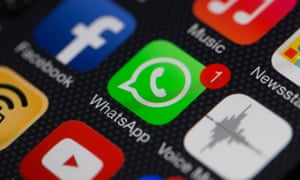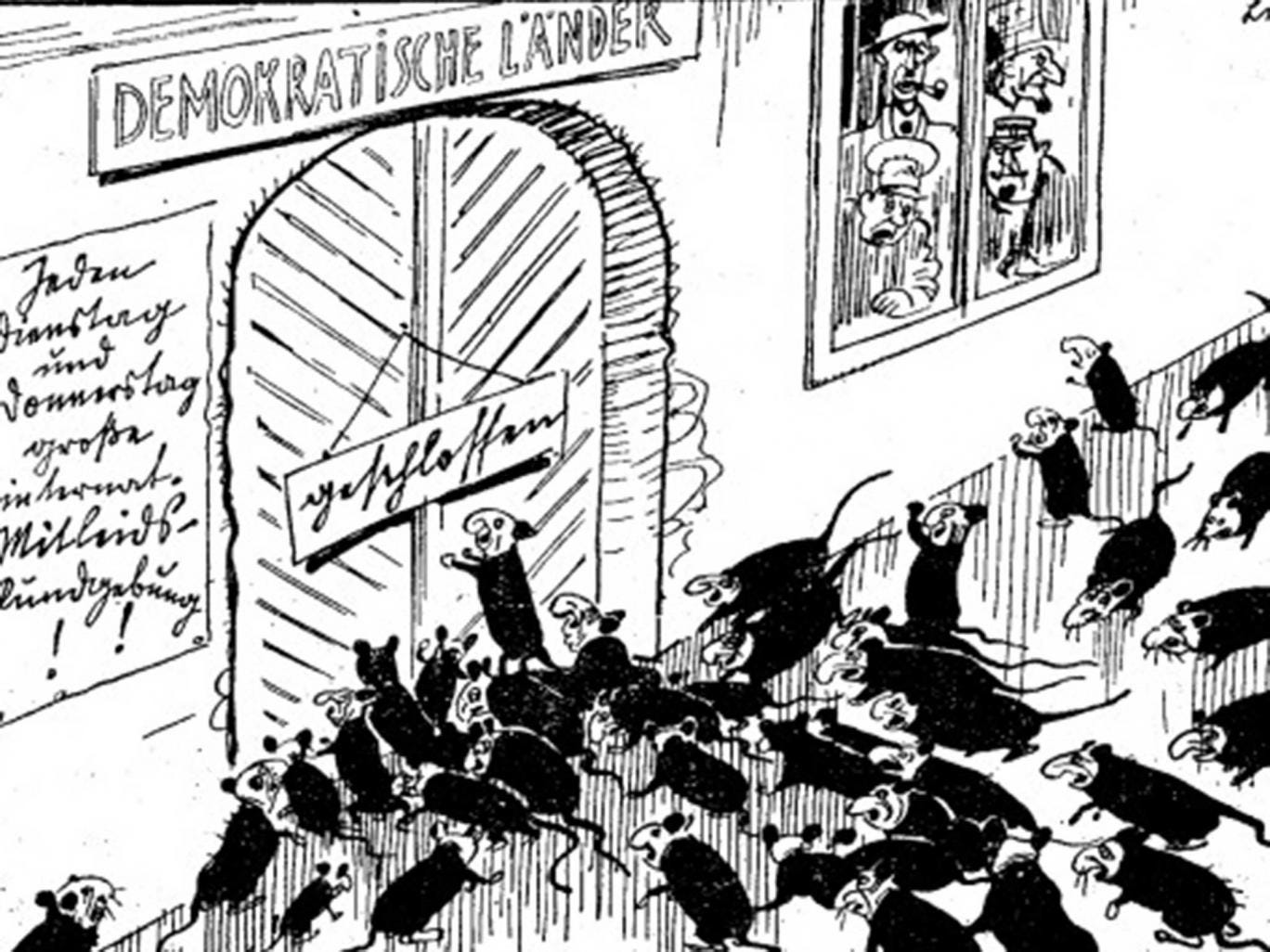Desensitisation and undermining a fair and democratic, passionate society can accumulate from censoring and restricting the news which may generate opinions and perspective. Therefore, when people in countries where there is no involvement and production of the media, people cannot question the political , economic and social conventions of society. Similarly Alain de Botton's argues that too much information has an indistinguishable notion too as having an excess of information forcing us to accept the status quo too, it also influences people to the social expectations that are promoted in a way that forcing the public to conform to the norms of the elite and powerful through big media conglomerates. Alain also says that in the media 'neutrality is impossible' in some media corporations and some journalists created the 'best kinds of bias' though a 'woefully limited agenda'. People who question the norms will be labelled a 'radical', so how is this any different to oppressing the public from knowledge about the world or how their country is run.
Pluralist would
proclaim that ‘the internet in an empowering tool.. and exciting and
revolutionary prospect’ (Al Gore) which amplifies how digital media has become
more engaging and collaborative through the years, accentuating the notion that
it is an absolute necessity for our society to improve as a diverse classless
and ultimately equal society. The fact that the ‘top 5% of all websites
accounted for almost 75% of user volume’ (Lin and Welsh 2012) strengthens the
argument of new and digital media empowering its audiences, as they are the
ones inputting there perspective, experiences and thoughts into the World Wide
Web. Furthermore.
Rupert Murdoch a powerful and influential managing dealer of
conglomerates has quoted himself ‘that the internet has given readers much more
power’ this is undoubtedly portrayed
through the audiences ability to utilise software’s and programs such as
Twitter, Instagram, Facebook ect, which ultimately allows and encourages user
generated content, ultimately empowering the audience. A well-known example is
the Eric Garner incident which occurred on the 17th July 2014, when
a bystander recorded the police brutality, had not been recorded at the time
people would have been unaware of the truth amid the speculations, causing an
uproar for equality and justice.
In contrast, a Marxist view would argue that we are enjoying
the illusion of autonomy, through the media. Rupert Murdoch says that ‘the
expression of state sponsored journalism is a threat to the plurality and
independence of news provision’ his accentuates that notion of the media being mediated.
Furthermore, this also portrays how the public are being ‘injected’ by cherry
picked ideologies by huge media conglomerates (hypodermic needle theory).
Moreover, Pereto’s law suggests that ‘a minority of (media) producers always
serve a majority of consumers’, highlighting that there is a class system and
the elite people at the top guide and influence people who are less ‘important’
in their eyes. They focus on providing their text to either cater dominant
elite and wealthy people, or change the view of the working and lower classes,
turning them against each other, forgetting it is the elite making theses decisions
and ‘not everyone taking their jobs’ This strengthens the hegemonic view by Gramsci
as the media positively represents and promotes a certain way of living and
ideology, making the audience less powerful.
A Marxist would also argue that new and digital media has
allowed class conflict to create disunity and divide in our society. The Guardian
had recently released an article on the rise of Marxism in July 2012, it
advocates the notion that young people are often led to critically develop the
media industry, as they it helps them again better understanding of their capitalist
surroundings. We as audiences are being ‘dumbed down’ and view the news from a
mediated and article view point, although user generated content has emerged,
it is still not taken seriously and the powerless majority still have no voice,
it as though we are ‘enjoying the illusion of autonomy’.
Furthermore, regression is befalling us as we are to a
certain extent, and undoubtedly being censored. This is because of political
and social influences from gate keepers who decide what actually get to be
published to the media. The use of bold headings and cherry picked, out of
context quotes and terminology also plays a role in making the audiences and
consumers further away from democracy as possible, and by allowing this to be
pressured on different platforms and sources a digital media creates a
perpetual cycle of biased information.
Freedom of
expression is one of the essential foundations of the European Union. But
freedom of expression can only be exercised in a free and pluralistic media
environment, including through independent media governance. A pluralist would believe that the media promotes the notion
of social equality and develops democracy in our society. Digital disruption
has impacted audiences and consumers in a position way as they can collaboratively
create a global village with people across the world, and additionally contribute
to the news, distorting any so called agenda’s. A prime and popular example is
vice news, this is because it makes the public more powerful by capturing clips
and providing articles from alternative perspectives (Hall).
Digital media has
opened the doors for challenging views, which ‘levels’ (Aleks Kerovski BBC
2012) out the news from dominant ideologies. This idea is strengthened by
Castells, who in 1996 said that technologies are in favour of the interests of
the individuals’. This is because they can portray and describe their experiences
and views on social media sites easily accessible to anyone. Ultimately
portraying the fact that the media allows the public to voice their own
autonomy.
Conversely, questions about how transparent the media is may
arise. Vint Cerf from Google says that ‘privacy may be on anomaly, now over. This
is because of the fact that a lot of our information in being withheld on the
internet and networks, which can not only be hacked but also be followed up by
Government officials. Marxist theory emphasizes the importance of social class in
relation to both media ownership and audience interpretation of media texts:
this remains an important factor in media analysis.
Whilst content analysis and
semiotics may shed light on media content, Marxist theory highlights the
material conditions of media production and reception. 'Critical political
economists' study the ownership and control of the media and the influence of
media ownership on media content cannot be ignored. It also remains important
to consider such issues as differential access and modes of interpretation
which are shaped by socio-economic groupings. Marxist media research includes
the analysis of representation in the mass media (e.g. political coverage or
social groups) in order to reveal underlying ideologies. We still need such
analyses: however oppositional it may sometimes be, audience interpretation
continues to operate in relation to such content. Because of the distribution
of power in society, some versions of reality have more influence than others.







